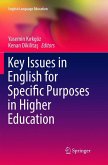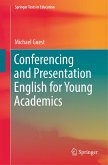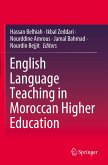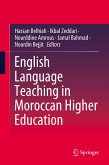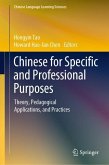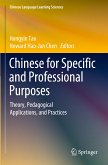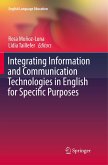This volume offers research-based studies on English for Specific Purposes in higher education from across the world. By drawing on international studies, the book brings together diverse ESP practices and aspects of relevant issues in the development of ESP programs, teachers and learners in a coherent fashion. There is a growing need for undergraduate students to develop their proficiency of ESP skills and knowledge in the increasingly globalized world. Knowledge of ESP is an important factor in subject matter learning by students, and also closely related to the performance of university graduates in the relevant sectors. Careful planning and efficient implementation are essential to ensure the quality of the language learning process. For a variety of reasons, it proves difficult to maintain ESP instruction in higher education. These reasons include the incompetence of teachers, lack of materials for that specific context, as well as lack of opportunities for ESP teachers to develop their skills. The chapters in this book, taken from a wide variety of countries, shed light on the diversity of current practices and issues surrounding ESP.
"This is a well-researched and well-designed book. The authors have successfully presented a comprehensive and insightful narrative on the key trends in ESP and the related realms of EMI, CLIL, and EAP. ... The potential audience of this volume includes researchers, postgraduate and graduate students majoring in the field of applied linguistics, as well as university teachers and ESP practitioners." (Lilia Raitskaya, Journal of Language & Education, Vol. 04 (02), 2018)


